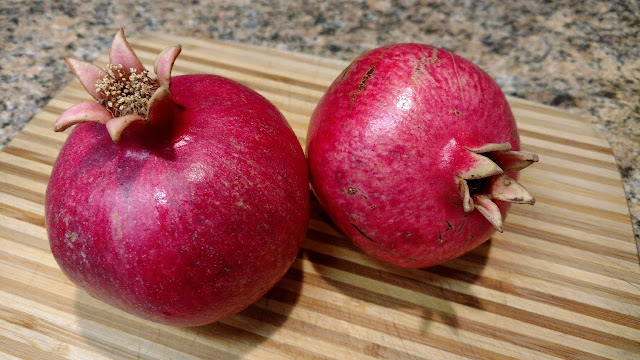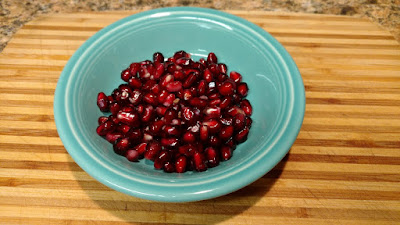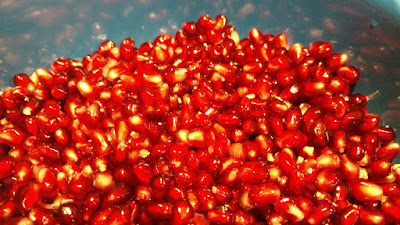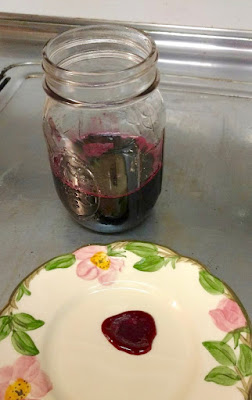
Recipe: Pomegranate molasses a versatile way to preserve flavor

|
In Northern California, this is pomegranate season and, judging by my tree, this could be a bountiful year.
I have a single Wonderful pomegranate tree, a variety that repeatedly lives up to its name. And this year, it yielded dozens of softball-size fruit. The birds and squirrels took a large share, but I still managed to harvest about 30 pounds.
At home in our Mediterranean climate, pomegranates are a popular late fall-winter addition to local menus, brightening meals with bursts of flavor.

|
Fresh arils – the juice-packed seed sacs – get sprinkled in salads and over entrees. Like little rubies, they decorate desserts.
But how do you enjoy that pomegranate flavor long after the season has gone?
Pomegranate molasses preserves that intense flavor and makes it easy to augment all sorts of dishes. Use it as a glaze on pork or chicken. Add a tablespoon to vinaigrette or other dressings. It’s a must for Mediterranean cooking.
The molasses is basically concentrated pomegranate juice. It will keep refrigerated for months.
On average, a pomegranate yields about 1/2 cup juice. This recipe used 6 pomegranates to make 1 cup molasses.
To produce juice, removed arils and then put them through a food mill. (While deseeding the fruit, wear old clothing that you won’t mind getting stained.)
Or simply cut the pomegranate in half, and juice with a citrus juice reamer. (It’s messy but fast.)
This molasses recipe can be scaled down as needed; it will reduce faster but watch closely.
Pomegranate molasses

|
Makes 1 cup to 1-1/2 cups
Ingredients:

|
Comments
0 comments have been posted.Sacramento Digs Gardening to your inbox.
Sites We Like
Garden Checklist for week of July 21
Your garden needs you!
* Keep your vegetable garden watered, mulched and weeded. Water before 8 a.m. to reduce the chance of fungal infection and to conserve moisture.
* Feed vegetable plants bone meal, rock phosphate or other fertilizers high in phosphate to stimulate more blooms and fruiting. (But wait until daily high temperatures drop out of the 100s.)
* Don’t let tomatoes wilt or dry out completely. Give tomatoes a deep watering two to three times a week.
* Harvest vegetables promptly to encourage plants to produce more. Squash especially tends to grow rapidly in hot weather. Keep an eye on zucchini.
* Pinch back chrysanthemums for bushy plants and more flowers in September.
* Remove spent flowers from roses, daylilies and other bloomers as they finish flowering.
* Pinch off blooms from basil so the plant will grow more leaves.
* Cut back lavender after flowering to promote a second bloom.
* It's not too late to add a splash of color. Plant petunias, snapdragons, zinnias and marigolds.
* From seed, plant corn, pumpkins, radishes, winter squash and sunflowers.